SUMMARY
This is AI generated summarization, which may have errors. For context, always refer to the full article.
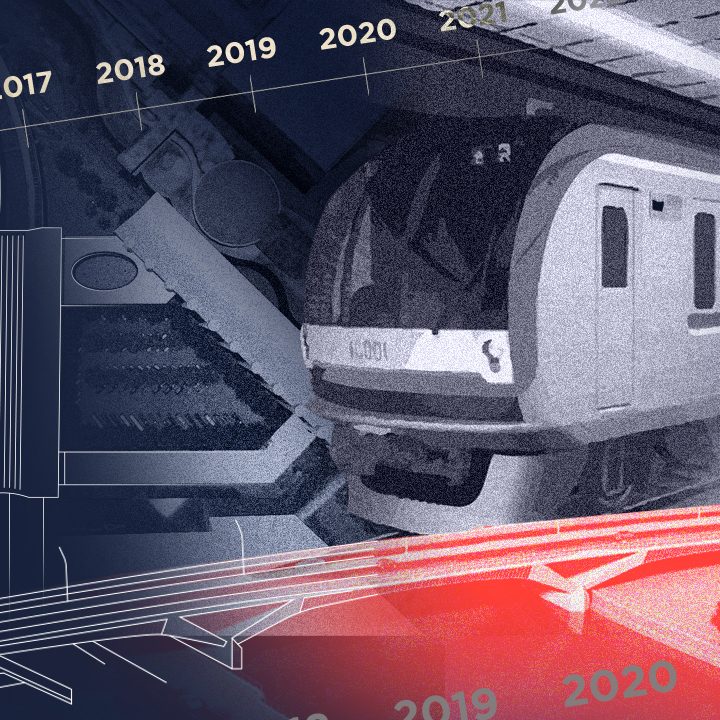
At a glance
- As the Duterte administration enters its final year, only nine big-ticket projects out of targeted 119 have been completed under its flagship Build, Build, Build infrastructure program.
- The list of projects has been revised several times in the past five years, indicating a constant reality check on what an economist calls “overly ambitious” program.
- Despite President Duterte’s pivot to China for funding, deals with Beijing were moving slowly.
- Duterte officials urge the next administration to continue the Build, Build, Build projects.
Throughout President Rodrigo Duterte’s term, Philippine economic managers touted the Build, Build, Build infrastructure program as fuel to economic growth.
From the original 75 projects promised, Build, Build, Build has evolved to a massive program of 119 projects. So far, as the Duterte administration enters its last year, only nine of them have been completed.
Concerned agencies are fast-tracking the implementation of infrastructure projects, targeting 14 projects for completion by this year, and 17 more by 2022. Another obstacle awaits them: in half a year, the election ban that covers infrastructure projects will take effect.
‘Too challenging to pursue’
In 2017, the National Economic and Development Authority (NEDA) identified 75 high-priority projects under the Build, Build, Build program.
By 2021, only half of those survived.
Every year, NEDA releases a list of priority infrastructure projects, and every year there are revisions to the list. Rappler compiled these and put them together in a timeline to see how the list evolved. See the diagram below:
In late 2019, then-NEDA secretary Ernesto Pernia already hinted that several big-ticket bridge projects would no longer be pursued. By 2020, it became official – a dozen bridge projects were shelved, including those that were meant to connect Luzon, the Visayas, and Mindanao. Some were “too challenging to pursue,” he said, and these, of course, had cost implications.
The Duterte administration’s seeming disinterest in Bus Rapid Transit (BRT) projects also led to the removal of the EDSA-central business districts and BGC-NAIA BRT lines from the priority list. The Department of Transportation (DOTr) seemed to favor railway projects, but still committed to BRT Line 1 or the Quezon Avenue line.
In lieu of the total 30 projects shelved, 71 “new” projects were considered part of the flagship infrastructure program. Several of them were actually ongoing projects, like the recently opened Light Rail Transit Line 2 (LRT2) East Extension, Skyway 3, C5 South Link, Boracay Circumferential Road, and the National Broadband Program.
In Duterte’s final year, NEDA removed three more projects but added another 14.
Among those removed was the Camarines Sur Expressway project, which would link San Fernando and Pili towns. Civil works already started in 2018, but construction progress lagged at 15%, as of March 2021. The tollway is slated for completion by 2024.
The ICT Capability Development and Management program of the Department of Information and Communication Technology (DICT), introduced in the 2020 list, was also removed from the latest priorities. Another ICT project was included instead: the Digital Transformation Center project, which aims to upgrade the current Tech4Ed centers that allow learners and workers in far-flung communities to access the internet.
Meanwhile, ongoing COVID-19 projects funded by the World Bank and the Asian Development Bank (ADB), as well as the Philippine ID System, were added to the 2021 list, along with the Sangley Airport, which was already inaugurated by Duterte in February 2020.
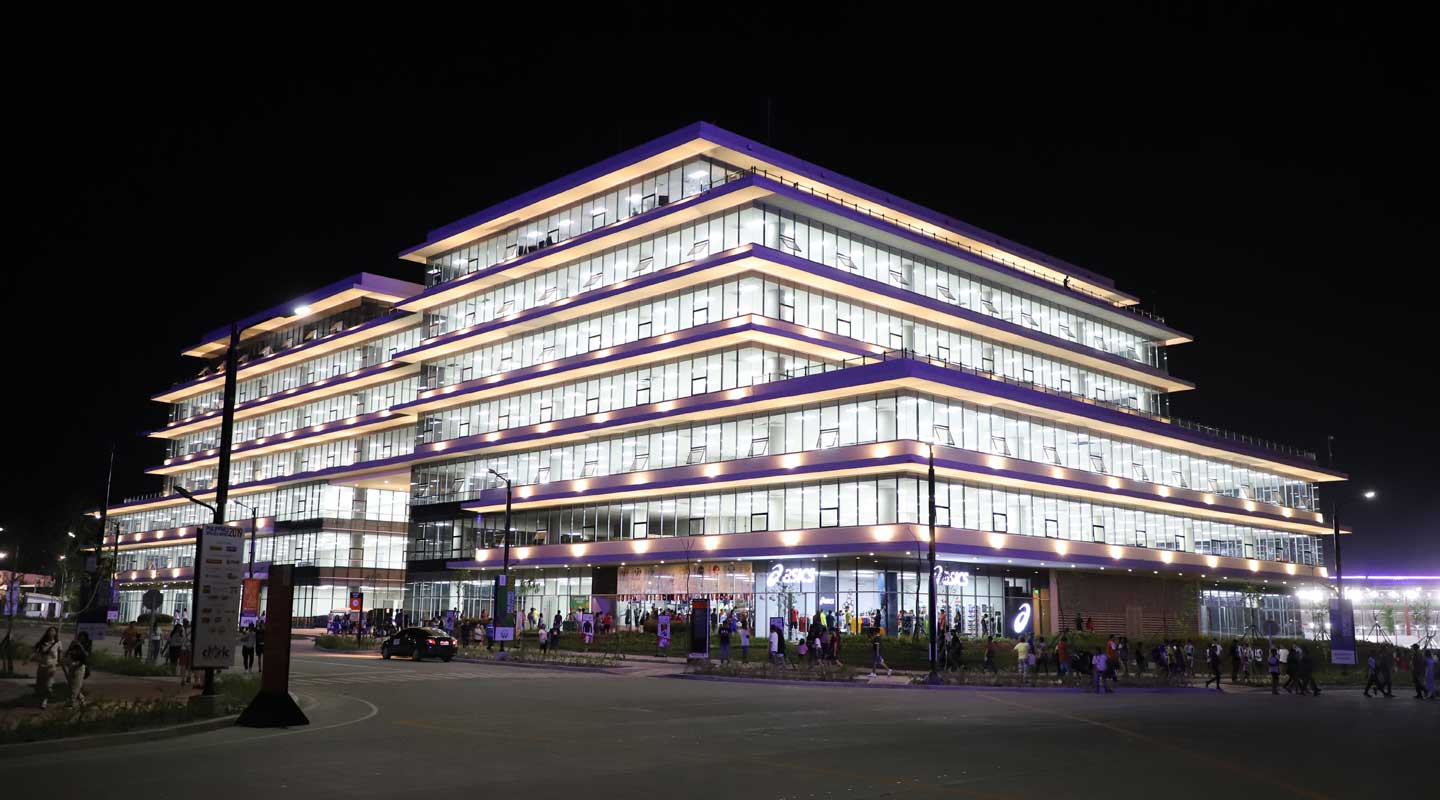
‘We delivered’
In mid-June, the infrastructure cluster of the Duterte administration gave a progress update on the Build, Build, Build program, choosing the almost-finished Estrella-Pantaleon Bridge in Makati City as the location for the briefing.
There, Presidential Adviser for Flagship Programs and Projects Vince Dizon proudly stated that infrastructure spending from 2017 to 2019, on average, reached P932 billion or 6% of the country’s gross domestic product (GDP).
“The Duterte administration delivered. Nobody can dispute that because all the numbers we’re presenting are true,” said Dizon in Filipino.
In 2020, pandemic restrictions hampered infrastructure rollout, and spending declined to P869.5 billion or 4.8% of the GDP. But as the government starts relaxing lockdowns, the Duterte administration is planning to spend P1.25 trillion or 5.7% of the GDP by the end of 2022.
The initial target is that infrastructure spending should grow between 7% and 7.5% of the GDP by 2022.
Infrastructure officials have been repeating that thousands of kilometers of roads, thousands of bridges, and hundreds of seaports and airports “have been completed” within five years. Data show that those infrastructures were existing and rehabilitated, and not all of them were newly constructed.
These figures, in fact, mostly refer to other infrastructure projects outside of the priority program. Build, Build, Build, according to officials, is the overall infrastructure program of the government, not just the big-ticket projects.
But of the flagship projects, only nine projects have been completed.
Note that, in government pronouncements, officials say that 11 projects have already reached the finish line. The other two are the BGC-Ortigas Link and the Estrella-Pantaleon Bridge.
So far, only the Sta Monica-Lawton Bridge component has been completed for the BGC-Ortigas Center Link, while final civil works for the Estrella-Pantaleon Bridge are still being done. Both of these projects, including the Binondo-Intramuros Bridge, were initially eyed for completion in 2020.
In the next two years, 31 projects shall have been completed by contractors. What's interesting about this list is that only five were part of the original priority program from 2017. The number hikes up to nine if we include the completed ones.
This shows that majority of the projects that are about to be completed in the next couple of months were only inserted into the list in 2020.
The Pasig-Marikina River improvement project and the flood control projects for Cagayan, Tagoloan, Imus, and Cagayan de Oro rivers are the only three projects from 2021. To add, the Luzon flood control project – a major program funded by the Japanese – has been ongoing since 2018. Work for Cagayan and Tagoloan rivers was concluded in 2019.
Moving target
Why is it important to emphasize the dates when the projects were added to the priority list?
University of the Philippines economist and Rappler columnist JC Punongbayan says that comparing any lineup with the original list of promises is important to hold officials accountable.
"I think the Duterte administration was overly ambitious," said Punongbayan.
Even Pernia admitted that the Duterte government was too ambitious. "Usually human nature, we tend to, in general, tend to be ambitious at the start, then a long list of undertakings need to be carried out," he told Rappler in 2019.
While it is not bad to have optimism in the early years of the administration, revisions also indicate a reality check.
Punongbayan said: "If the targets keep changing, then it would be difficult to assess their success. Similar to economic goalposts, targets for Build, Build, Build were constantly revised so they could achieve them."
The most noteworthy of all promises, perhaps, is the Mindanao Railway. Duterte in 2016 said that the railway project "should really come first" because Mindanaoans needed it.
When NEDA first released the priority projects in 2017, three phases of the railway project were included in the list. That year, Phase 1 or the Tagum-Davao-Digos line was targeted for completion in just two years with local financing.
In the succeeding years, several changes were made to the project. There was a shift to foreign funding, costs ballooned to P81.69 billion from P35.26 billion, and the target completion was postponed to 2022. Also removed from the list were phases 2 and 3 of the massive rail project, which were supposed to extend the yet-to-be-constructed Davao line to cover the rest of the island region.
Earlier in 2021, the DOTr was still promising partial opening for the project before the infrastructure ban in 2022 – a promise that seemed to be reaching for the stars as several stages of the project have yet to be done, starting with the loan agreement with China.
Despite that, the 100-kilometer Mindanao Railway is still eyed to be fully up and running beyond Duterte's term in 2023.
Another example is the Unified Grand Central Station or the common station that would link the Light Rail Transit Line 1 (LRT1) to Metro Rail Transit (MRT) lines 3 and 7.
The project, which was already delayed for about a decade, was supposed to be operational by the end of 2020, according to 2019 pronouncements. But the DOTr said in June 2021 that the common station was just halfway done, setting a new target within the fourth quarter of 2021.
Other projects pushed back to 2023 also faced delays, such as the Panguil Bay Bridge (supposed to be done by 2021) and the Subic-Clark Railway and Metro Manila BRT (both supposed to be running by 2022).
The Panguil Bay Bridge, which will connect Misamis Occidental and Lanao del Norte, was initially planned to be finished by 2020. Foundational works for the Korean loan-funded project, however, were being done only as of March 2021.
For the Subic-Clark Railway, the commercial contract was only signed in January 2021, while the pre-engineering and detailed engineering designs for the Metro Manila BRT were started this year as well.
China deals moving slowly
Despite the Duterte administration's "pivot" to China, deals with Beijing were moving quite slowly, with only three of its 14 projects expected to be finished by 2022:
- China grant: Metro Manila Logisticcs Network project (Binondo-Intramuros and Estrella-Pantaleon Bridges)
- China loan: Safe Philipines Project Phase 1 or the surveillance project with the Department of the Interior and Local Government and the controversial Chico River Pump Irrigation project
Eight other China-funded projects were seen to be done by 2023. These include the Philippine National Railways South Long Haul project to Bicol and the Mindanao Railway, plus the fiercely opposed Kaliwa Dam. The grant for Marawi rehabilitation and two expressway projects were placed in the pipeline.
Another constraint, as identified in the Mindanao Railway project, is Beijing's loan process, as Manila needs to seal agreements with contractors first before loan negotiations commence. Bidders for contracts have to be part of the Chinese government's shortlist.
In 2019, the Philippine economic managers said the delays with correspondences with Chinese counterparts were caused by the reorganization within the Chinese government's ranks. Then the pandemic happened.
China-funded projects have also been met with criticisms, particularly the Chico River and Kaliwa Dam projects, as these loan deals have provisions that could make the Philippines give up assets in case of loan default. Critics pointed out that these were telltale signs of Beijing's debt-trap diplomacy, but the government dismissed those fears as "unlikely."
In the case of the Safe Philippines project, senators have raised security concerns over the 12,000-camera surveillance system.
In a publication for think tank Stratbase Albert del Rosario Institute, De La Salle University professor Edwin Santiago argued that the China-funded projects constitute corrosive capital or investments that lack transparency while seeking political influence.
"When these investments – as these funds from China did in the Philippines – contribute to undermining good governance practices and democratic processes and in the weakening of institutions, they become corrosive capital," Santiago said.
"Even adding evidence to that deterioration of public trust is the eerie silence from the bureaucracy to demand that the wheels of accountability are begun," he said.
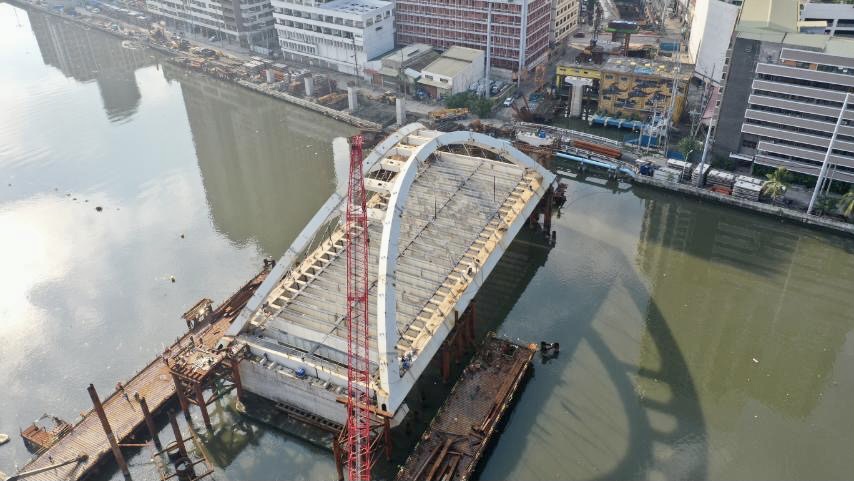
More PPP projects
In the administration's earlier years, economic managers had an aversion to public-private partnerships (PPP), arguing that these would take a longer time to implement. But it seemed they had a change of heart.
Since 2020, the Duterte administration has identified more private sector projects in the flagship program as loan-funded projects faced roadblocks.
The projects financed by the national budget and those under PPP appeared to be moving "faster" than others – granted that these projects were already ongoing when they were added to the list.
Of the nine completed projects, three were financed by the Philippine budget, namely, the Sangley Airport, the Luzon Bypass Infrastructure Project, and the dredging project for Pulangi Dam.
Another three were funded by the private sector: Skyway 3 by San Miguel Corporation, the Clark International Airport by Megawide Construction Corporation and partner GMR Infrastructure, and the development of New Clark City by MTD Capital Berhad. (READ: BCDA's Vince Dizon faces graft suit over P11-B New Clark sports hub)
The funding requirement for all projects tagged under official development assistance (ODA) remains to constitute more than half, or P2.71 trillion, of the P4.73-trillion program.
There is still an obvious preference for foreign loans. But if we look at the breakdown, funding for priority projects under PPP has already doubled compared to the P751.25 billion ODA from the Japan International Cooperation Agency (JICA).
PPP projects now amounted to about P1.83 trillion versus in 2018, when it was at a little over P20 billion.
Dizon had admitted that the project mix "needs to be balanced" as both ODA and PPP projects could be completed fast. He cited PNR North 2 and South Commuter projects by JICA and the ADB – lenders that already have a proven track record in railway.
Officials have also touted the success of "hybrid" PPP, where the government rolls out the project while the private sector operates it. The new passenger terminal building of Clark International Airport is the first hybrid PPP under this administration to be completed, with no less than President Rodrigo Duterte leading its inspection on July 17.
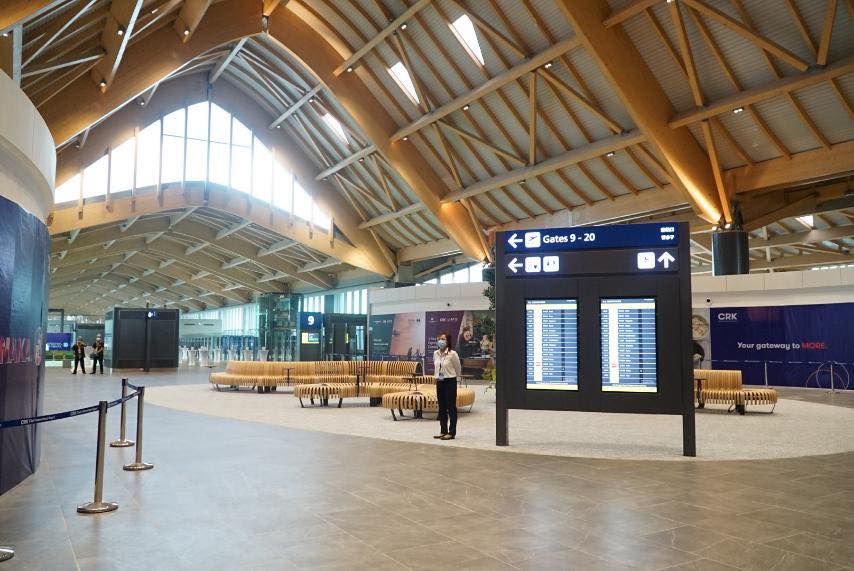
In a results brief, the World Bank said that private sector participation had a "critical role" in reducing the infrastructure gap in the country. It said that the success of the hybrid PPP model with the Clark airport project would make traditional projects competitive.
"The expansion of private participation will be expected and be a crucial step in the right direction towards achieving the government's ambitious infrastructure goal," the World Bank said.
Next admin ‘should continue’ the projects
With less than a year left, the Duterte administration still has a lot to do, Dizon says. He urges the next administration to continue the projects that they have started while admitting that not all projects can be realistically completed under one administration.
"I think it is incumbent upon the next administration to not only continue but to even fast-track all the good work that has been done under the leadership of President Duterte," Dizon said.
NEDA Secretary Karl Chua, meanwhile, said that the Duterte administration's "strong pipeline" of flagship projects would ensure that the next leaders would have a good starting point to build on.
In the latest list of flagship projects, about a fourth or 28 projects have been tagged under "in the pipeline," which means these projects have yet to reach advanced stages in their implementation.
Five of them are airport-related projects, the most notable of which is the rehabilitation of the Ninoy Aquino International Airport (NAIA). After a series of back and forth between interested bidders, the national government ultimately decided to put the project on hold.
In June, Megawide, the firm that had been awarded the proponent status for NAIA, candidly said it would just "wait" for the next administration's direction before bidding for the unsolicited project.
As it appears that the private sector is also gearing up for the next administration, Punongbayan says the Duterte government still has to strengthen the capacity of its infrastructure agencies. This is important to ensure that projects will not be delayed or will be implemented properly.
In the past years, the Commission on Audit has flagged underspending and project delays among infrastructure agencies. Congress has also been clipping DOTr's proposed funds, given its inability to fully spend its budget.
"The Duterte administration has the opportunity to solve underspending, considering that everyone's goal is to improve infrastructure. There are still underlying capacity constraints that were not solved, which manifested in the implementation of the Build, Build, Build program," Punongbayan said.
"This problem is not unique to this administration," the economist said, "but solving it would be critical for future infrastructure projects." – Rappler.com
Add a comment
How does this make you feel?
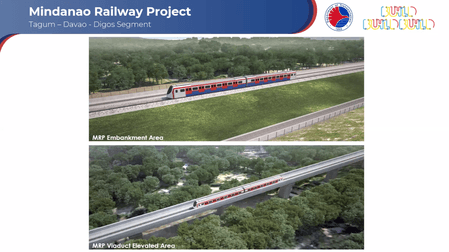
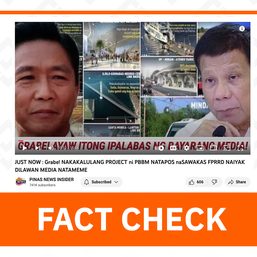
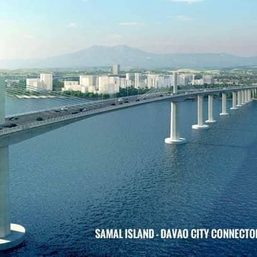
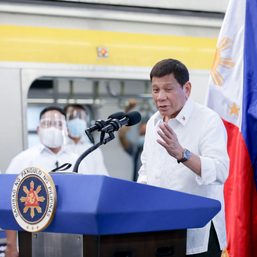

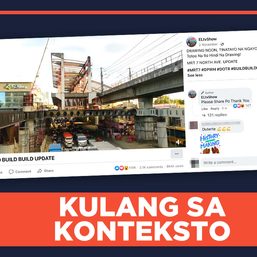




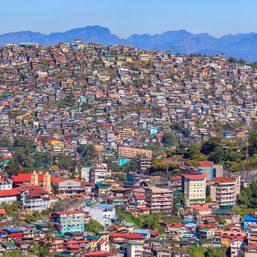



![[EDITORIAL] Marcos, bakit mo kasama ang buong barangay sa Davos?](https://www.rappler.com/tachyon/2023/01/animated-marcos-davos-world-economic-forum-carousel.jpg?resize=257%2C257&crop_strategy=attention)

![[OPINION] Rodrigo Duterte and his ‘unconditional love’ for China](https://www.rappler.com/tachyon/2024/04/rodrigo-duterte-xi-jinping-august-2019.jpeg?resize=257%2C257&crop=91px%2C0px%2C900px%2C900px)



![[The Slingshot] Lito Patay’s 4 hours and 38 minutes of infamy](https://www.rappler.com/tachyon/2024/07/Lito-Patay-4-hours-infamy-July-19-2024.jpg?resize=257%2C257&crop=233px%2C0px%2C720px%2C720px)
There are no comments yet. Add your comment to start the conversation.